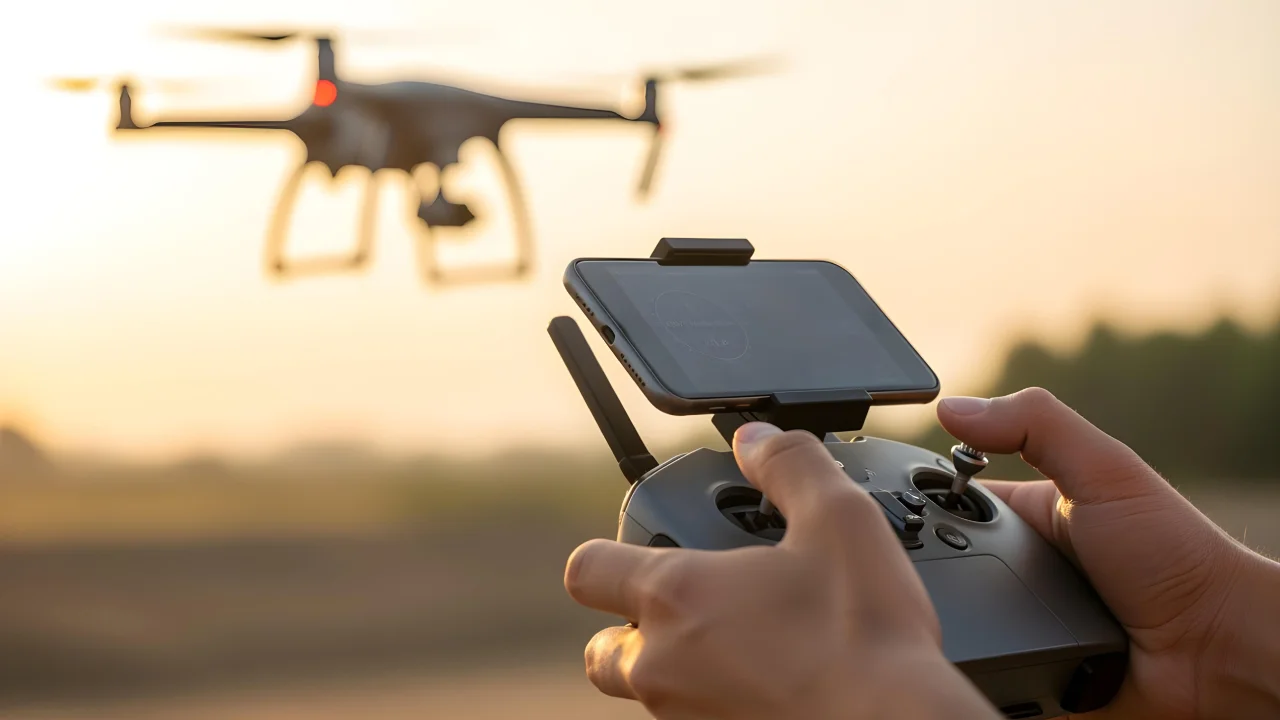Flying drones may seem complex at first, but with proper guidance, anyone can master the basics. This tutorial introduces key steps for safely operating hydrogen-powered UAVs, designed for professional applications in logistics, inspection, and emergency response.
1. Pre-Flight Preparation
Before takeoff, always perform a safety check. Inspect the hydrogen fuel system, confirm that payloads are secure, and ensure all sensors and GPS modules are functioning. A proper pre-flight checklist reduces risks during missions.
2. Basic Controls
Most UAV controllers include joysticks for altitude and direction, along with buttons for automated functions. Beginners should start with manual hovering practice, gradually moving on to navigation patterns such as circles and figure-eights.
3. Safe Operation
Always operate drones in clear weather, away from restricted airspace. Maintain visual contact whenever possible and monitor fuel levels closely. Hydrogen drones offer longer endurance, but responsible handling ensures mission success.
4. Post-Flight Maintenance
After landing, cool down the hydrogen system and store the UAV properly. Regular maintenance—such as sensor calibration and fuel cell inspection—extends service life and ensures consistent performance.
Final Tip
Practice is essential. Start with basic maneuvers, then progress to advanced tasks like automated route planning and payload delivery. With dedication, operators can unlock the full potential of hydrogen-powered UAVs.



